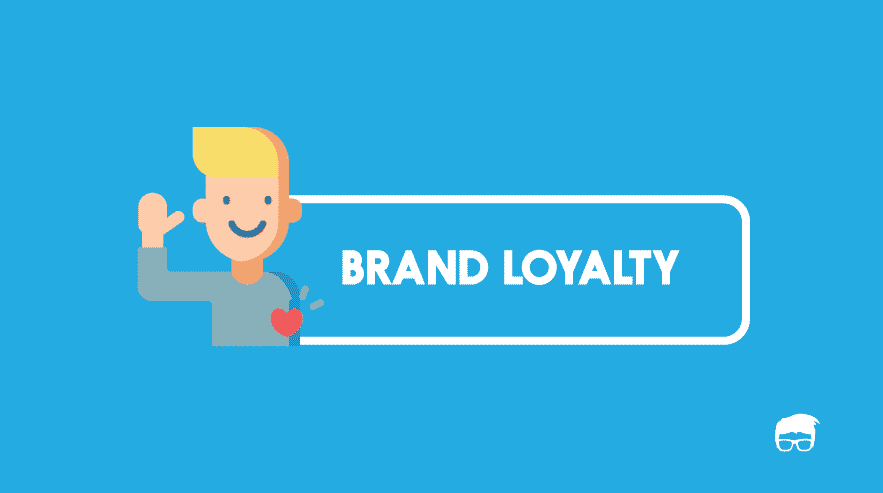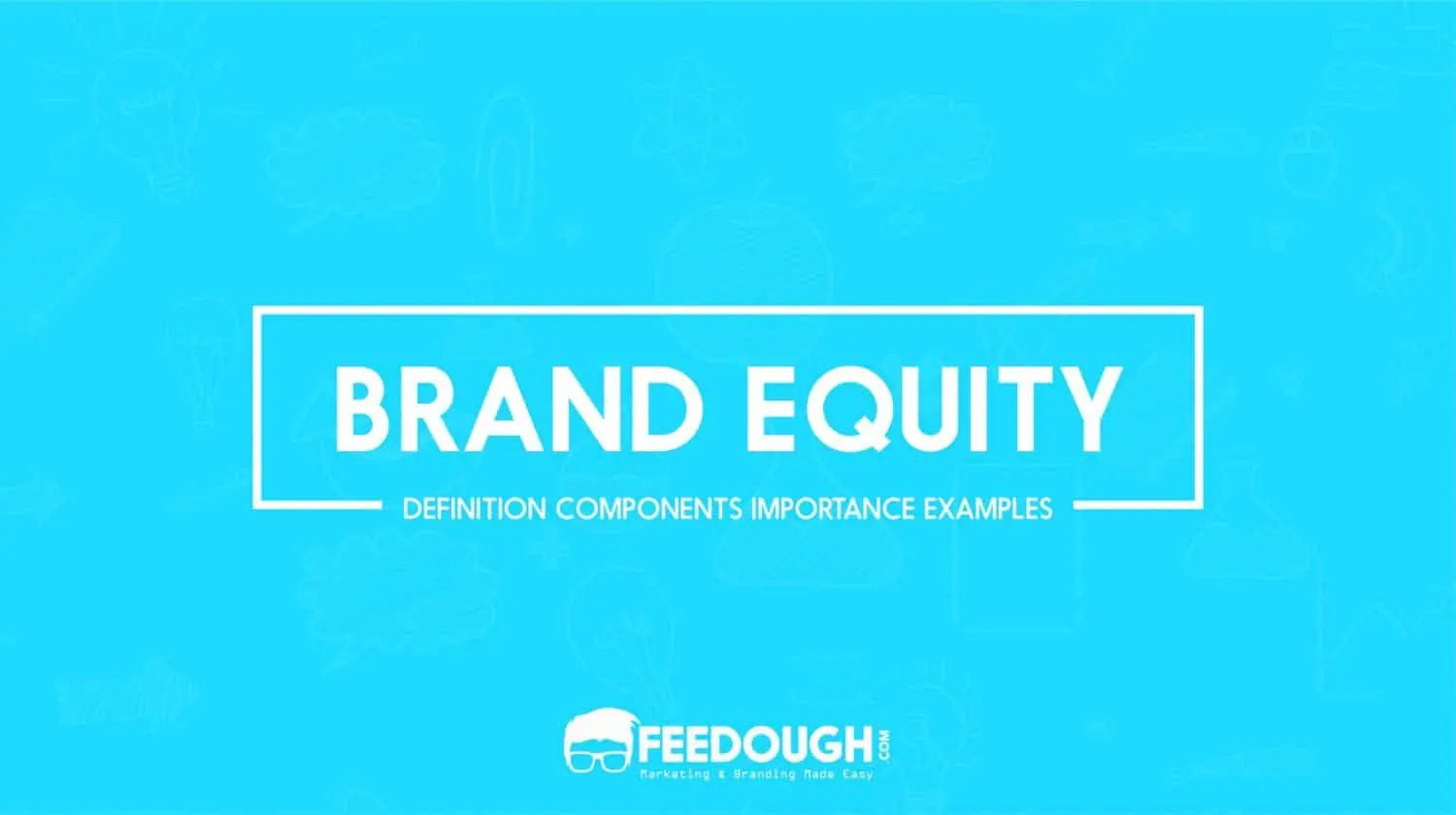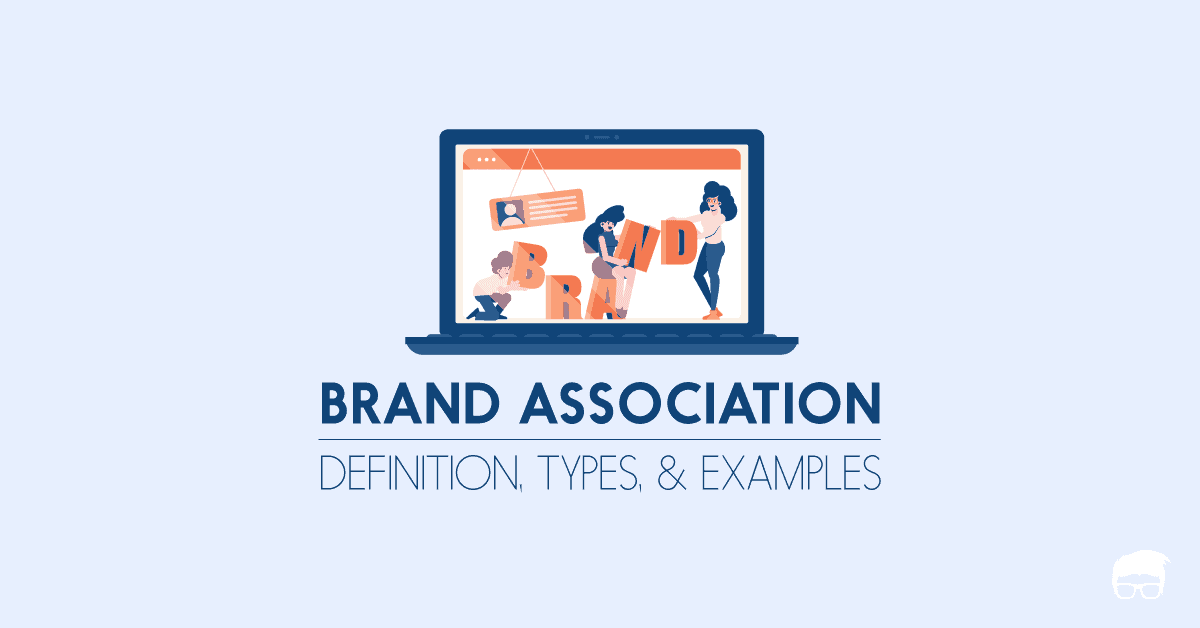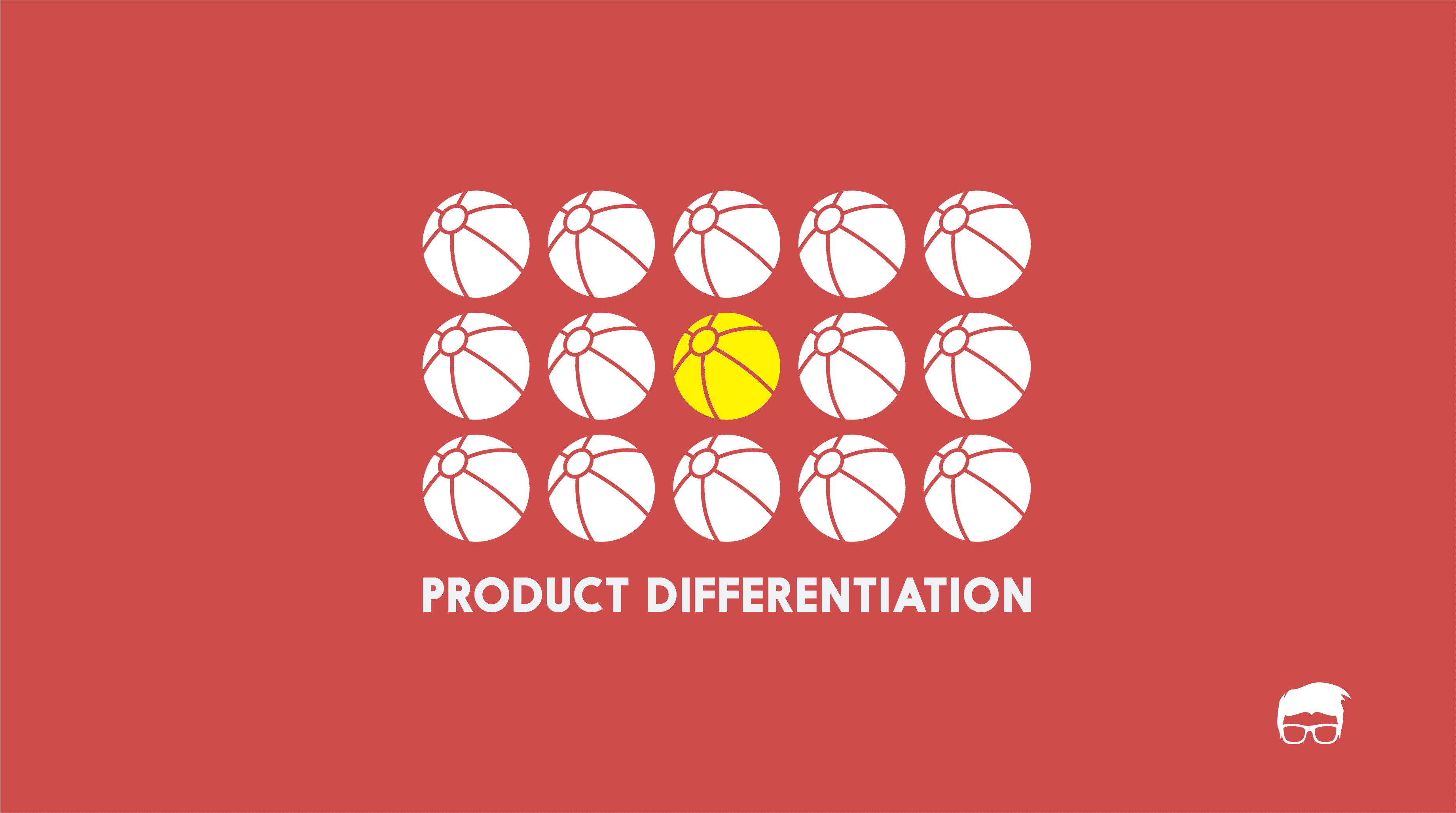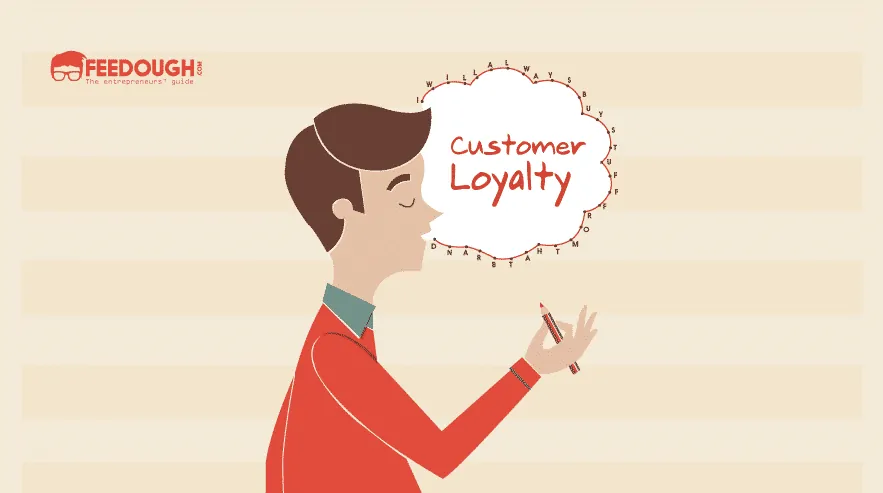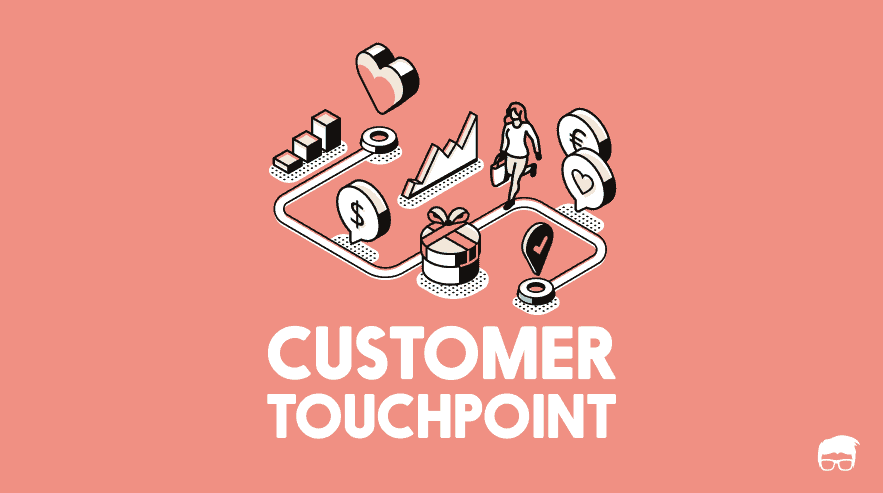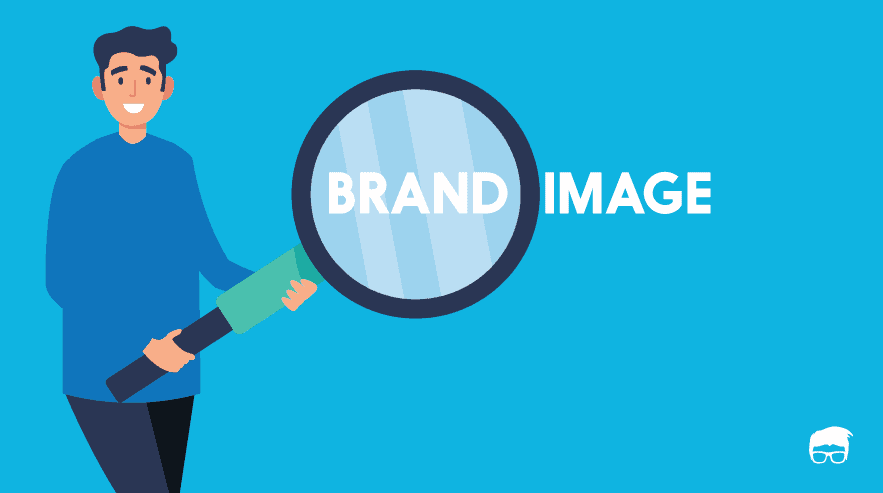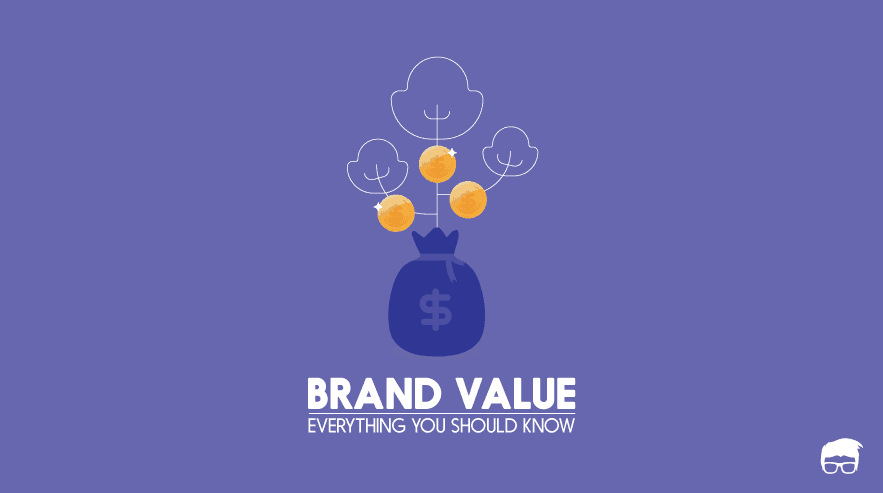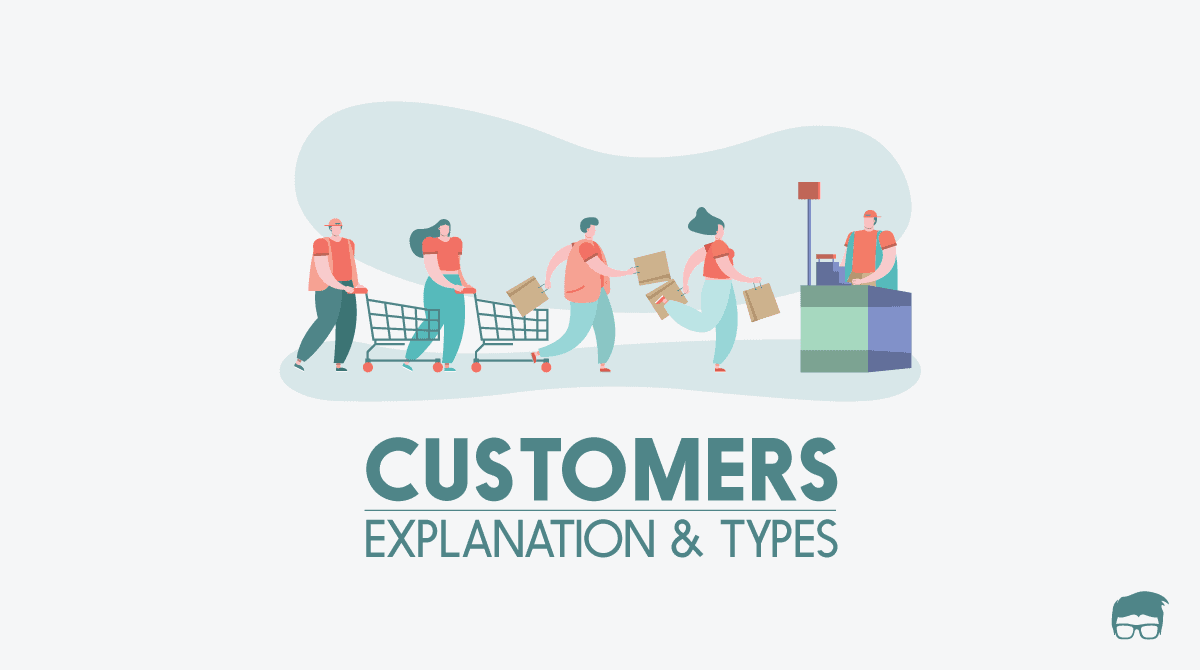Ever wondered what makes your target audience purchase your offering time and time again? Or, perhaps what makes them prefer your competitors’ offerings even though yours is superior?
Spoiler alert: there are a lot of factors which give rise to brand loyalty and your offering is just one of them. But before discussing what makes customers loyal to a brand, it’s important to discuss what exactly is brand loyalty and what are its types.
What Is Brand Loyalty?
Brand loyalty is customer behaviour pattern where he/she starts trusting and becomes committed to one brand and conducts repeated purchases from the same brand over time irrespective of the marketing pressure generated by the competing brands.
Commitment to the brand in the form of brand loyalty can be seen in the case of Apple where the customers are most likely to upgrade to the new version of the same brand (iPhone) rather than trying any new brand.
Types Of Brand Loyalty
Having loyal customers gives you an upper hand over your competition as you don’t always have to compete on the usual factors like price and convenience as long as you’re delivering the promise.
Here are three types which you can use to segment your customers on the basis of brand loyalty:
No Loyalty
Some customers are indifferent towards which brand they’re buying as long as their other needs in terms of price and/or convenience are fulfilled. An example would be a man who buys plain t-shirts from any shop which sell them for $5 or less.
These people consider the brand as a commodity and buy your products as long as you are accessible or providing products within their budgets. They, however, shift to a new brand if they come with a better offer.
Inertia
Inertia loyalty stems from repeated purchases coupled with some sort of attachment. These are the customers who buy your brand out of habit. They are the ones which follow “because we’ve always used it”, “because we always buy from here”, or “because it is convenient”. Situational factors are the main triggers in this form of loyalty because users can’t really differentiate the brand from others. An example would be a man who takes his car to the same gas station every day because he has always done the same, even though there are new gas stations on the same route now.
Converting inertia loyalty into a higher form of loyalty isn’t that hard. All you need is to court him and communicate how you’re different and better from others.
Pride
Pride, also known as premium loyalty, is the high to highest form of loyalty. This gets into the picture when a high level of attachment and repeat purchase coexist. Premium loyalty is when the customer feels proud of associating himself with the brand and takes pleasure in sharing the knowledge about the same with the friends and family.
A premium loyal customer not only buys from the same brand always but also becomes a vocal advocate who helps the brand in its word of mouth marketing strategies. The usual factors which affect the purchase like price differences don’t usually affect the premium loyal customers as all they look for is the brand promise and the pride of their association with the brand.
An example of a premium loyal customer is a man who always buys an iPhone and even recommends his friends who own an Android to buy an iPhone.
Importance Of Brand Loyalty
The flood of debates after Nike’s controversial ‘Just do it’ advertisement was aired should have technically affected the sales of the company in a negative way but to everyone’s surprise, the ad resulted in a $6 billion increase in the value of the company. Well, thanks to loyal customers.
Brand loyal customers make you stand firm when everything else is drowning. They are your vocal advocates. They market your product while paying for it.
You can expect a minimum recurring profit from your offering as long as you keep loyal customers happy. This can be proven by taking the example of Coca-Cola and Pepsi. According to a study, 90.5 per cent of regular Coke and 88.9 per cent of regular Pepsi drinkers remain loyal to their preferred brand. However, when Coca-Cola decided to replace its original coke with the new coke, even the loyal customers hated the move. The loyal customers made it so obvious that the company had to relaunch the original product.
Your loyal customers are the community which helps you in your every step, be it production or marketing. They’ll tell you what’s working and what should be altered or replaced. Many brands like OnePlus and Samsung have capitalized on this community loyalty to make their products and marketing efforts better.
Brand Loyalty Examples
There are many companies which have been successful in creating a cult-like following. While many of them did this by fulfilling their brand promise, many added to it by crafting strategies which made their customers feel like they belong to a family or club. Here are a few examples of successful companies which have a cult-like brand following.
Apple
Apple is among the brands with most brand-loyal customers. According to a survey by Morgan Stanley, 92 per cent of iPhone users are “somewhat likely” or “extremely likely” to upgrade their phone in the next 12 months plan on getting another iPhone.
Apple plays its cards on customer convenience and its premium outlook. It doesn’t brag on the tech part but communicates what the customers want to hear – the benefits. The company smartly bundles the benefits and the different outlook (iOS) with the premium marketing and pricing strategies to make it appeal to the urban high earners who love to differentiate themselves from the crowd of Android owners.
Starbucks
Starbucks is another winner when it comes to brand loyalty. The company uses smart customer loyalty programs to make customers loyal to its brand. The use of My Starbucks Rewards program which gives the customers free drink or food rewards based on the number of stars earned proved to be a great ‘pull’ strategy. Other smart strategies include premium outlook and pricing, strategic partnerships and 360° presence which makes the customers proud of their association with the company.
Go On, Tell Us What You Think!
Did we miss something? Come on! Tell us what you think of our article in the comments section.
A startup consultant, digital marketer, traveller, and philomath. Aashish has worked with over 20 startups and successfully helped them ideate, raise money, and succeed. When not working, he can be found hiking, camping, and stargazing.
